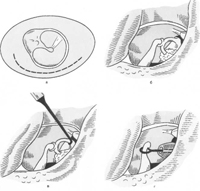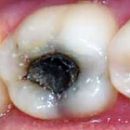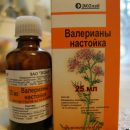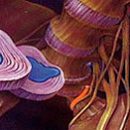Today, the most effective method of treatment of otoscolerosis is stapedectomy. But before you go under the knife, you need to learn more about this operation.
Content

Among the surgical methods of treatment of otosclerosis, stapedectomy. This intervention held on the perepid. It is performed in the case when there is a fixation of the shirwell to other auditory bones or to an oval window. The operation consists in removing the shirling and replacement by its prosthesis, or in the plenipid, a small hole is made and a thin prosthesis like the valve is inserted into it.
Operation gives a good result in patients suffering from otoklerosis - violation of the mobility of auditory bones in the middle ear. Positive results are noted in nine out of ten patients who have passed this operation, and only less than 1% of the operated patients operation was ineffective.
- Heavy general patient condition.
- One hearing Ear.
- Low snail function reserve.
- Tinnitus or dizziness.
- Availability of active foci of otosclerosis.
After surgery at first, the patient may mark some discomfort and pain. In order to stop painful syndrome after surgery, painkillers are usually prescribed. In addition, it is strongly recommended not to blow the rooking and do not make sharp retracting movements through the nose. This is due to the fact that on the rear wall of the nasopharynx there are holes of auditory (Eustachiyevoy) pipes that connect the cavity of the nasopharynx with the middle ear. The role of these pipes - in the leveling of pressure in the drum cavity. With sharp movements of air in the nasopharynx, the pressure in the drum cavity can increase, which leads to the movement of the eardrum, and this, in turn, is fraught with the displacement of the flap and the impaired of its adheated.
You should avoid any colds in the postoperative period, since this is fraught with the development of infectious inflammation in the middle ear. If you celebrate any selection from the ear, you should consult a doctor.
- Paralysis of half of the face on the side of the affected ear due to damage to the sprigs of the facial nerve.
- Dizziness in the postoperative period.
- Vomit.
- Outlet of perilimphs from ear.
- Breakpoint breakfast.
- Labyrinth damage.
- Labyrinthitis (inflammation of the structures of the inner ear).
- Full deafness of the operated ear.
- Permanent feeling of noise or buzz in the operated ear.








